
The Battleship Texas Foundation had a bit of a reality check this week when the Galveston Wharves Board ended the negotiations for USS Texas to moor at Pier 19. I know the foundation’s goal was to keep the ship in Galveston, and they possibly will, but not near the Elissa. The restaurants along the pier complained that it would prevent customers from seeing the waterfront. You know, the wharf that overlooks Gulf Copper shipyard. To me, this is hilarious, but who am I to comment on what some subpar elite person thinks? Charles Barkley was right! It is “dirty ass water,” and you shouldn’t get too excited about it.
If I’m going to throw out quotes here, then I have to mention this one from the movie Blazing Saddles. Yes, I’m going there! When Jim, the gunslinger (Gene Wilder), is consoling Bart, the new sheriff (Cleavon Little), he says, “What did you expect? ‘Welcome, sonny?’ ‘Make yourself at home?’ ‘Marry my daughter?’ You’ve got to remember that these are just simple farmers. These are people of the land. The common clay of the new West. You know… Morons.”

This quote is dedicated to those weekend Galvestonians from Houston who support USS Texas but who made it clear to me that Beaumont is worse than sad and just a drive-through city on their way to New Orleans. When they told me this, I was just a fly on the wall, and I didn’t have my Bring It to Beaumont pin, which was given to me by a friend in support of mooring the ship on the Neches River in Beaumont. But I still have the audio file of my drydock tour! Now, it looks like we are one and the same degenerates. I can live with that. You, not so much.
Although I am not a member of the Galveston Historical Foundation, I volunteer every year at the Historic Homes Tour. I will continue to do this every year as long as Bev, “the Candy Lady,” keeps asking me. I love the tour and the houses, but there is nothing else in Galveston that I really care to see apart from Kathleen Maca’s tours.
If it wasn’t for the Historic Homes Tour, I wouldn’t even go to Galveston. Well, maybe for Mama Theresa’s pizza, and Shrimp and Stuff. As for the Strand, that’s really not my thing. I will now end this episode of Where USS Texas Will End Up. It can’t stay at Gulf Copper forever, and since they threw Beaumont and Baytown under the bus, they definitely need to find another home for it. I’m sure that the $35 million that were given to the foundation by the state of Texas to make it “go away” are running out. To be continued!

The Wings Over Houston airshow was this week, and unfortunately, I could not attend. I had a problem. My wings were good to go, but my landing gear had an ongoing issue. Getting old sucks, but it is better than the alternative! Rather than walking through Ellington Field’s many mazes to get to the show, I attended Eserbet’s birthday party. For those not in the know, Eserbet is my three-year-old granddaughter. She is pretty good with a plastic knife, and she has been developing her skills with the new pew-pew gun. I feel I won’t survive her wrath in the next couple of years, but I hope she can learn the ways of the katanas in my office. Kids grow up fast!

Lately, I rediscovered Eddie Trunk on SiriusXM. For those who don’t know, Eddie has been the face of rock and metal radio shows for over 40 years. I’ve written about my musical interests before, and it is good to listen to someone who shares some of them and has seen earlier bands before they were famous. Eddie brought up the rock-n-roll Hall of Fame, and this year’s inductees, including Ozzy Osbourne, were mentioned. I will say that I’m a fan of the musicians and songwriters around Ozzy, and I’m glad that he mentioned Randy Rhoads as the springboard that launched his solo career. He was, and after Randy’s untimely death, Jake E. Lee took over as Ozzy’s guitarist. For all the fact-checkers out there, Brad Gillis was only on a live album of Black Sabbath songs Ozzy released before Bark at the Moon. And that album was all Jake’s! I will die defending this hill!

Another band I gladly think I introduced to many people in the early 1980s was Iron Maiden. I first saw them at the Beaumont Civic Center opening for the Scorpions. I’ll have to ask Mikey Mayhem if the band Girlschool opened for Maiden. Mikey remembers all this stuff better than I do because I was too busy trying to develop the standing-on-the-back-of-two-chairs technique. Ninety minutes of switching legs to stay up on those chairs to see the stage. I’m sure Richard Simmons would have been proud, but I wasn’t dancing, and this wasn’t the oldies! (It is now!)
I want to mention Iron Maiden’s early years because the tour I attended was the one for The Number of the Beast. That was their third album and the first with singer Bruce Dickinson. The two previous albums, Iron Maiden and Killers, had a different singer named Paul Di’Anno. My interest in this band was fed by my favorite record store in the Jefferson City Shopping Center—Ted’s Record Store—which sent me down many musical paths. On a side note, we all remember the jingle: “At Jeff, Jeff, Jefferson City where there’s everything under the sun!” I digress.

I learned a couple of days ago Paul Di’Anno passed. After Maiden, he had been performing and making records for forty years. He had a lot of health problems, and this year, he performed in a wheelchair because of his ailing legs. He was a trooper and performed because he had to because of a lack of funds. Rest in Peace, Paul.

It’s turnip carving time, and I particularly like this season because we usually receive no visitors. Unfortunately, no one appreciates the smell of turnips! One might ask why we carve turnips around Halloween. The tradition goes back to the old countries of Ireland and England and Ye Olde Stingy Jack. Jack was not a good man; he screw up his life and afterlife. After hearing the story of Stingy Jack and his worthless life, I’d put him in either the Senate or Congress. It’s pretty bad when even the devil feels for you. I’ll leave a link to his story.
Until next time, “Up the Irons! For Paul!” He was a West Ham United fan. That is an even greater loss…
U.S.S. Texas: https://www.12newsnow.com/article/news/state/texas-news/battleship-texas-is-in-limbo/502-eccb3e2d-3831-45df-a91c-a7ed51accd05
Eddie Trunk: https://eddietrunk.com/
RIP Paul Di’Anno: https://www.youtube.com/watch?v=5PX2FkO0b-o
https://yourlastrites.com/2024/10/21/r-i-p-paul-dianno-1958-2024
Stingy Jack: https://vimeo.com/113006486


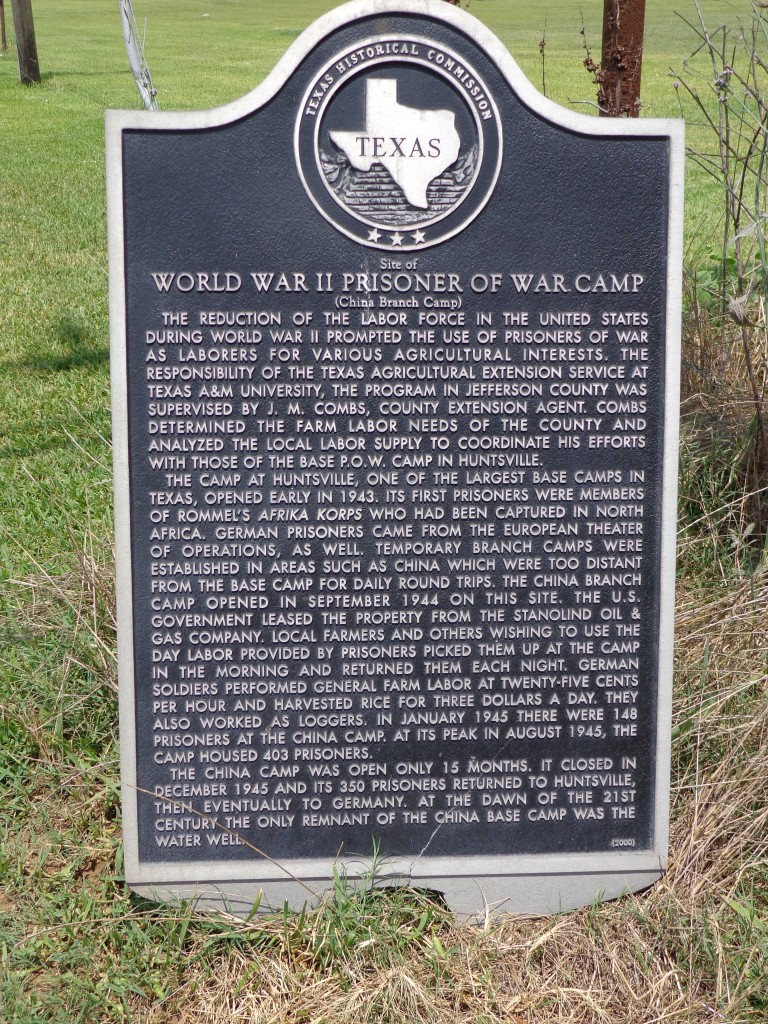
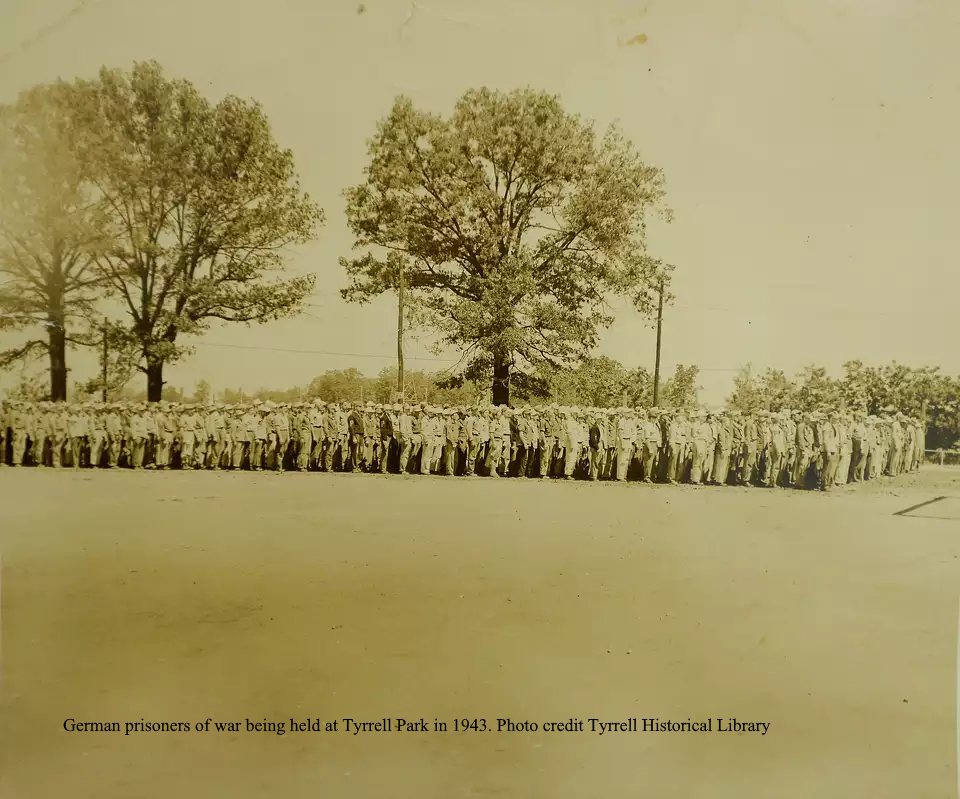
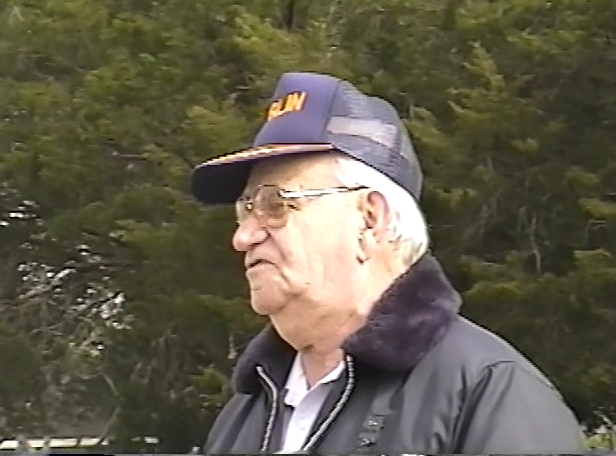
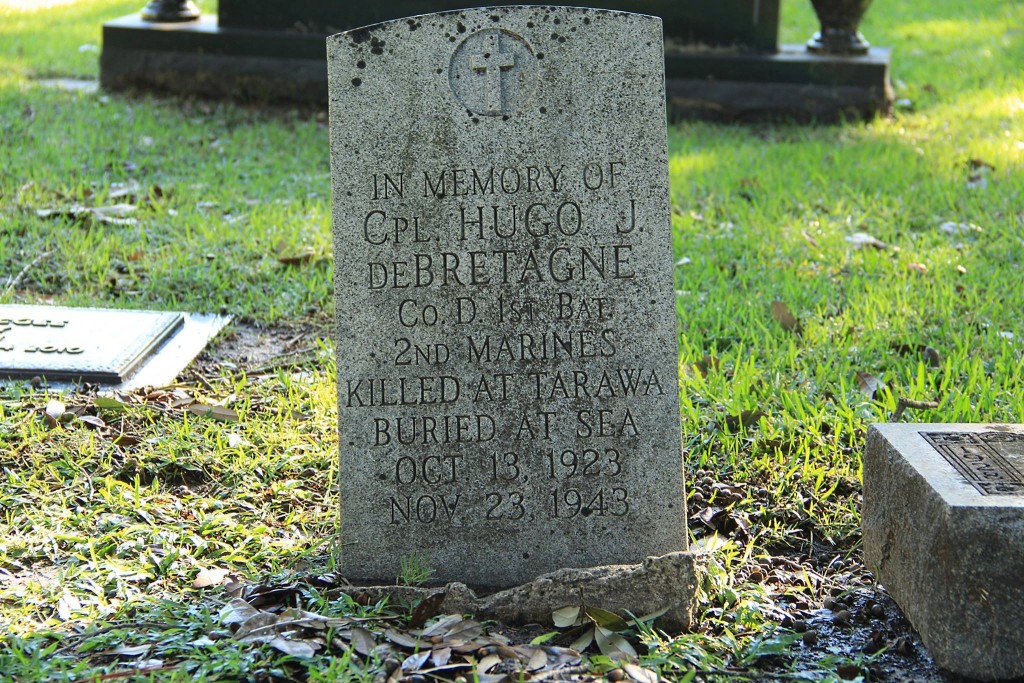
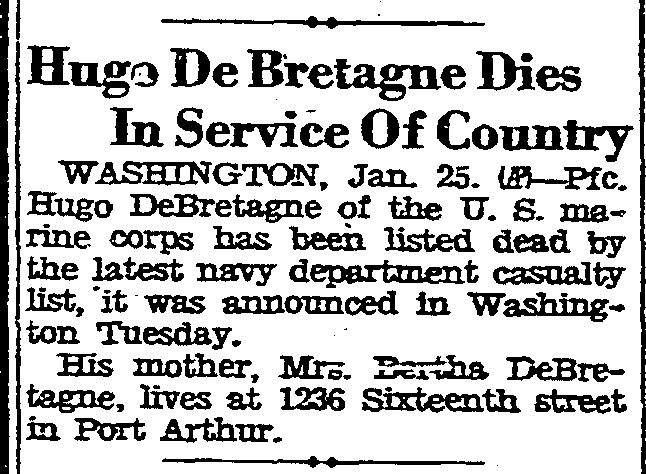
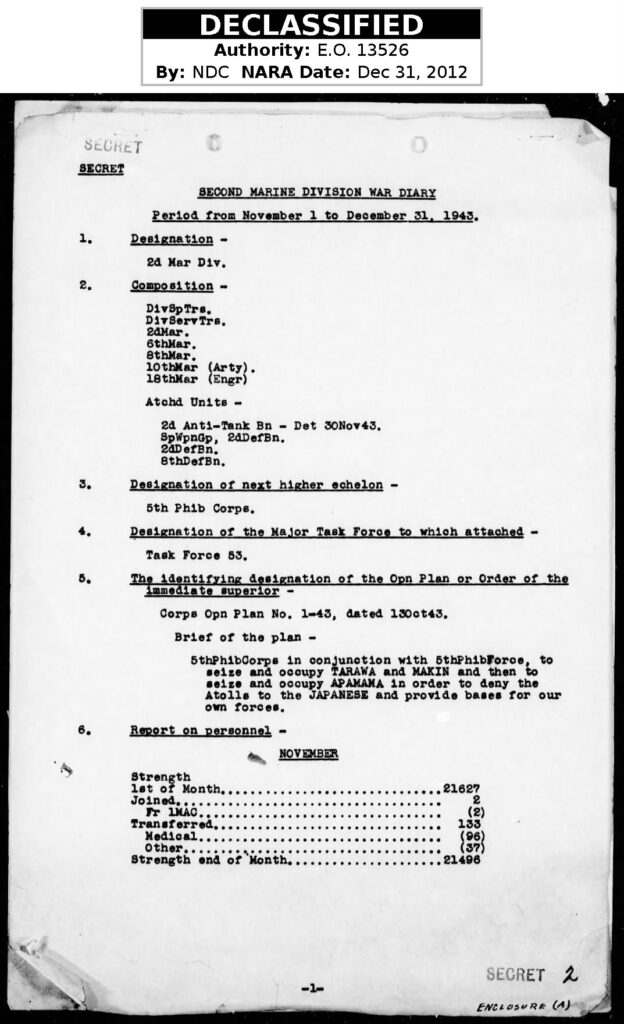






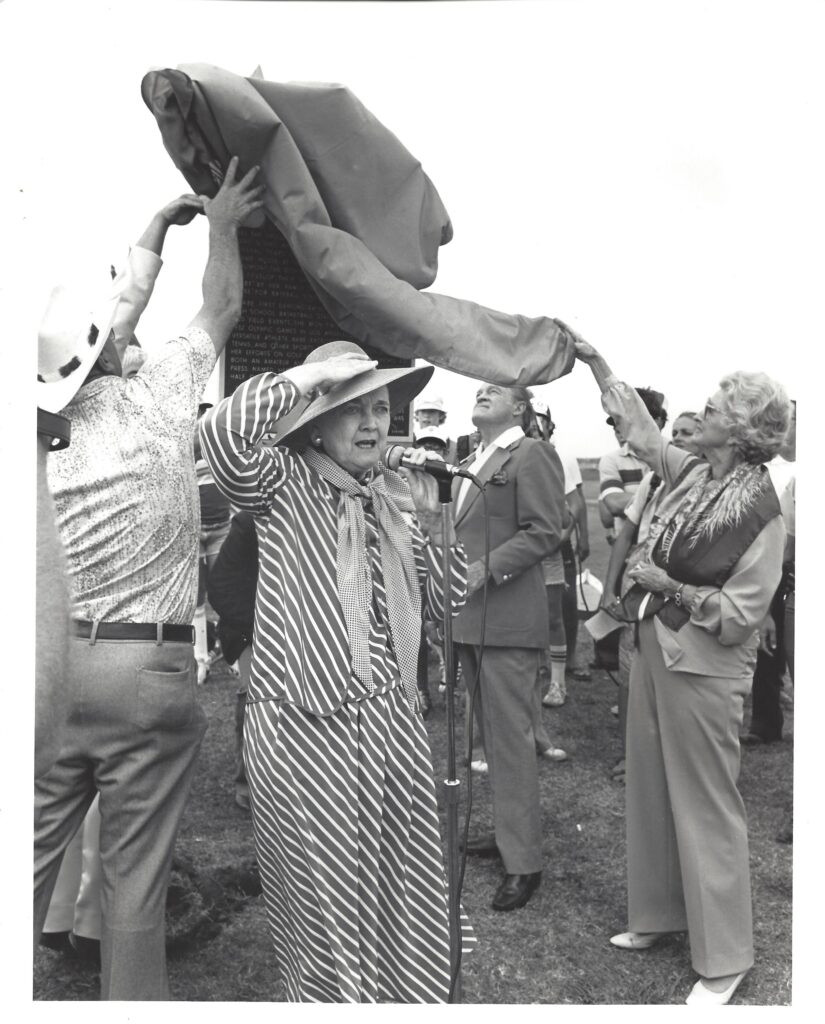
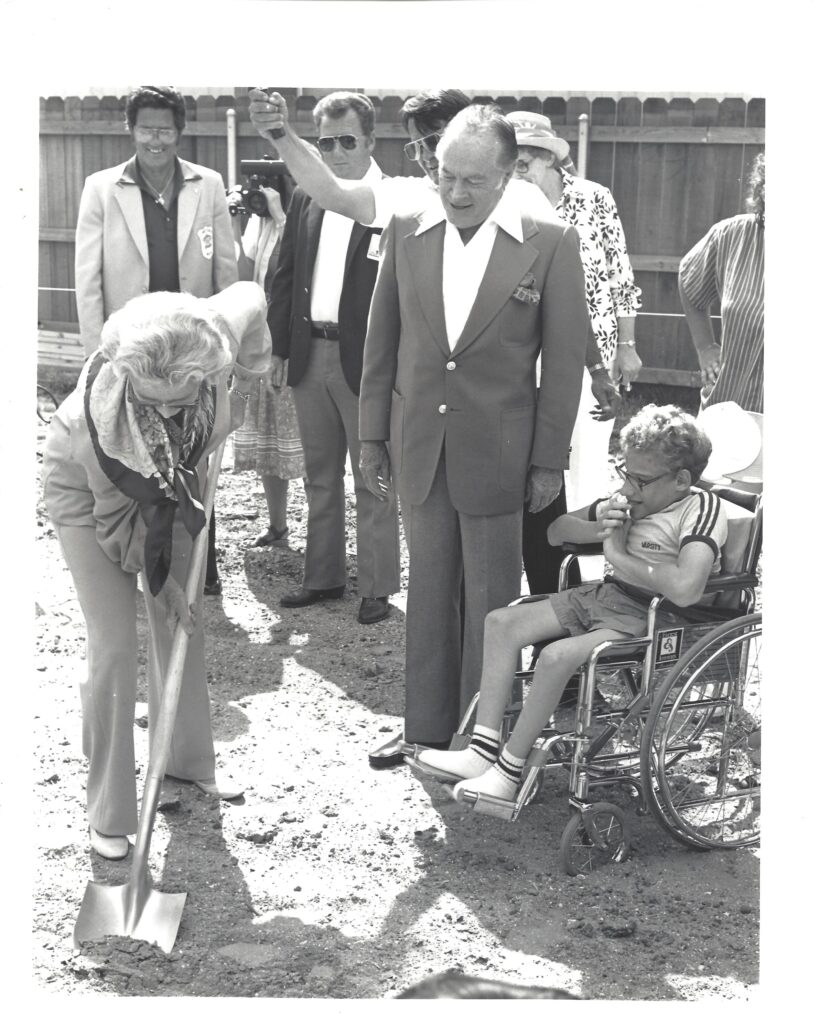


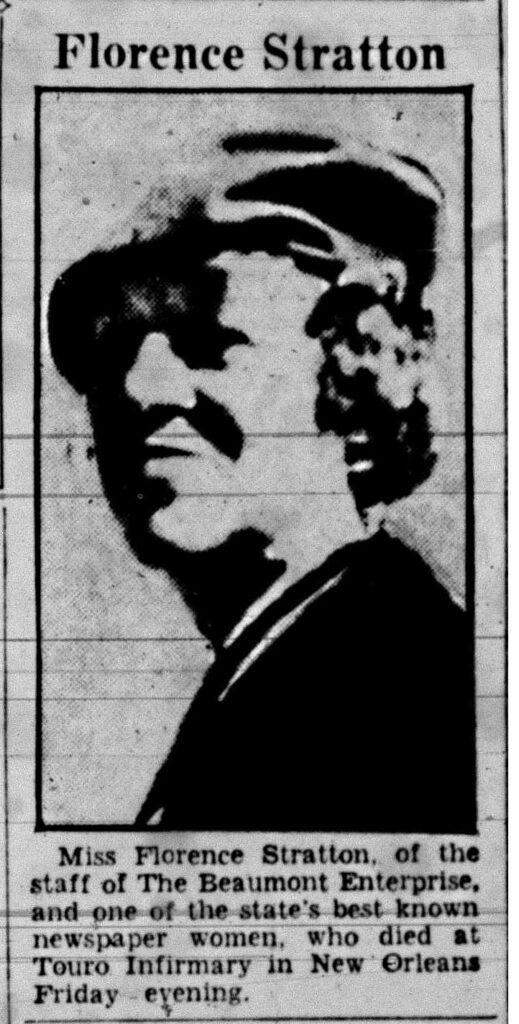
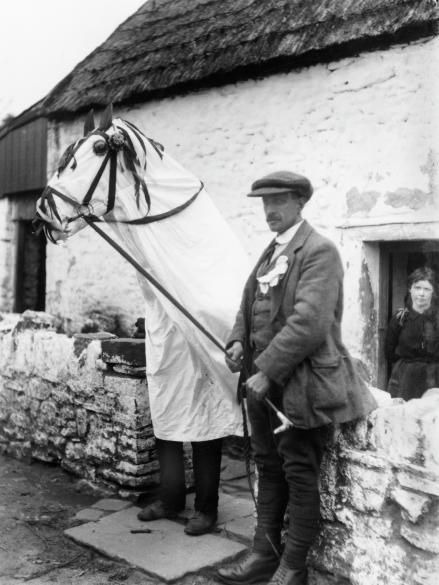
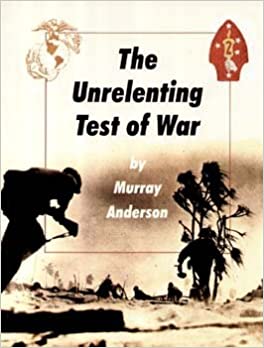
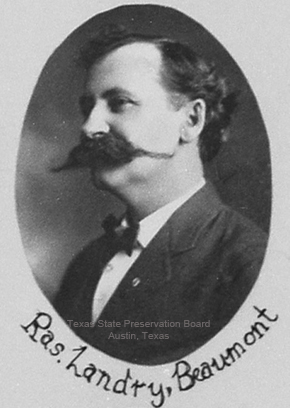

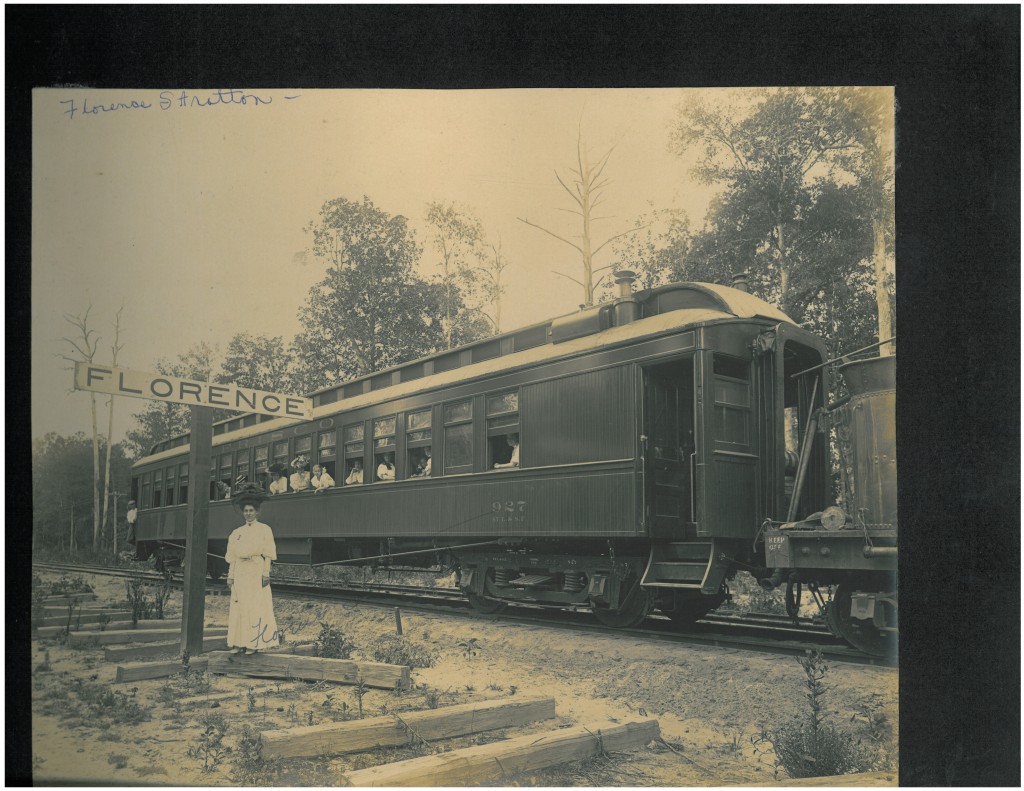
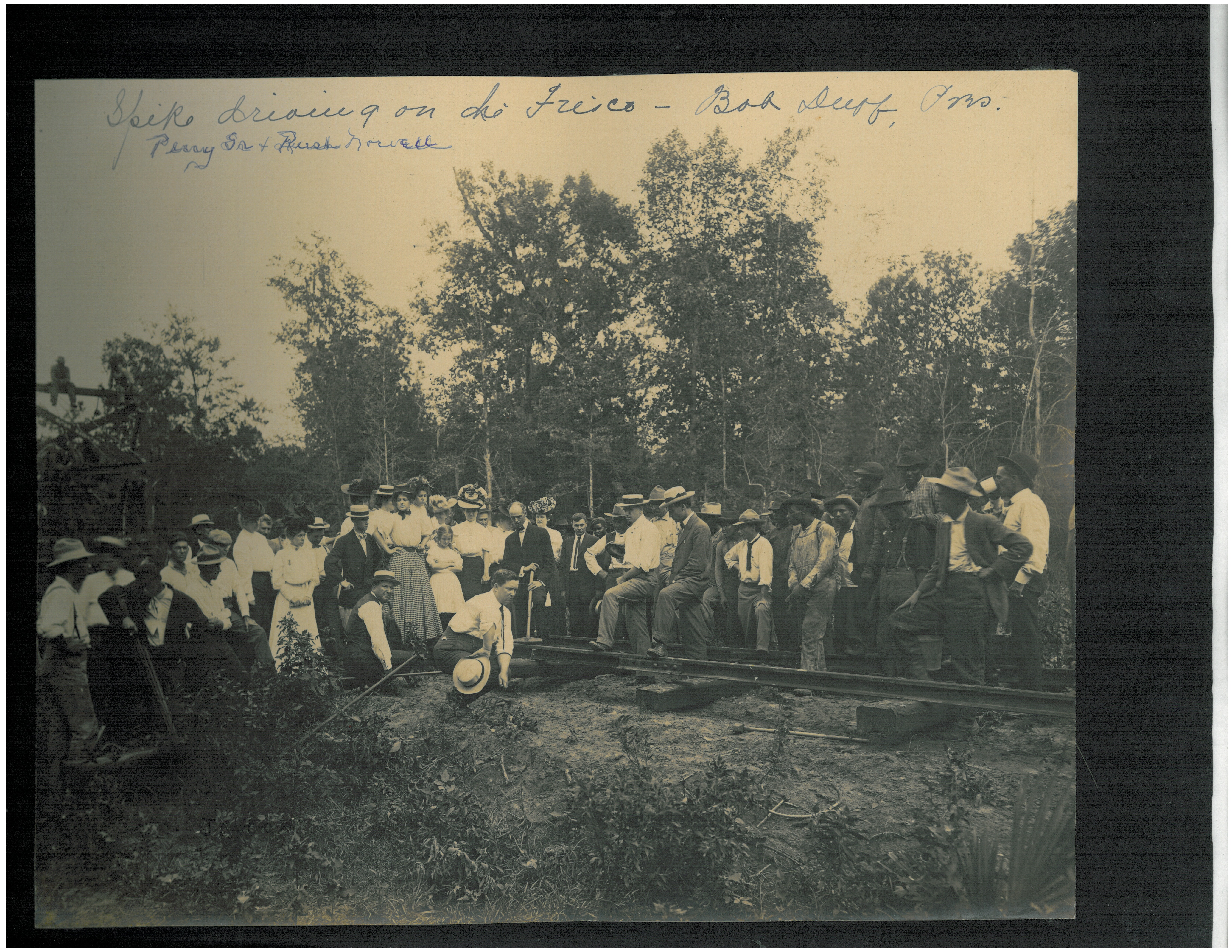

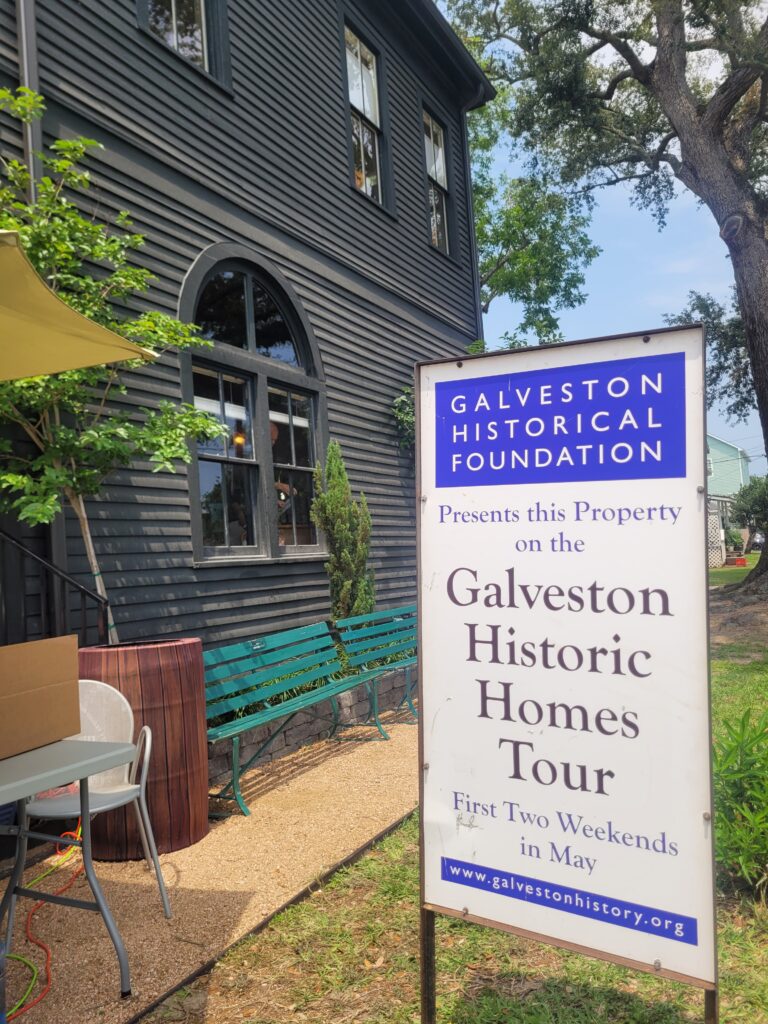

You must be logged in to post a comment.